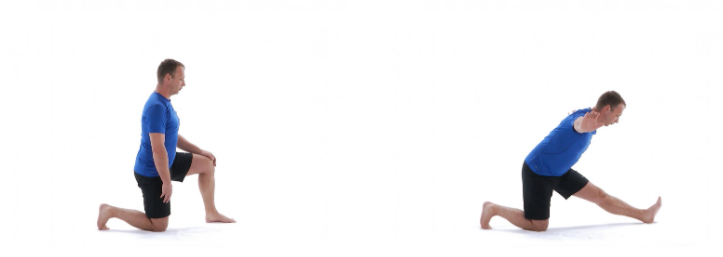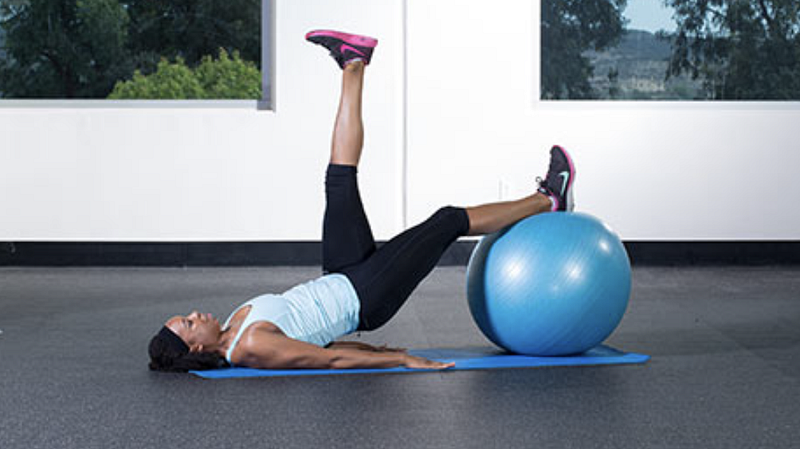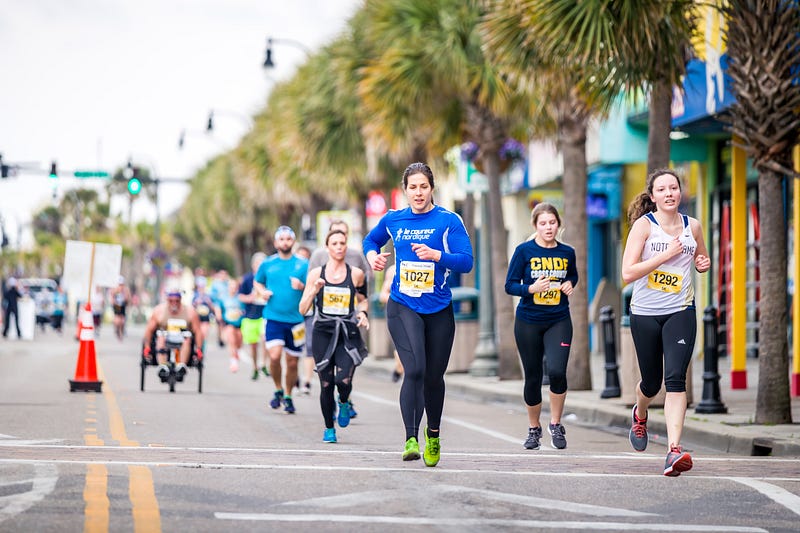A Comprehensive Approach to Managing Hamstring Strains in Runners
Written on
Chapter 1 Understanding Hamstring Strains
Hamstring strains are frequently encountered by both distance runners and sprinters. Factors contributing to these injuries include prior strains, ACL injuries, calf strains, aging, and reckless high-speed running. Sadly, many runners may endure secondary strains, hindering their return to peak performance. However, this cycle can be broken.
Clear guidelines exist to help you recover almost completely from a hamstring strain. In this discussion, we will highlight key points to facilitate your return to form with minimal time and effort. While patience is crucial when overcoming running injuries, adhering to proper recovery protocols will yield rewarding results. Let’s aim to get you back on the road safely and efficiently!
Managing Your Hamstring Injuries Like a Pro
Before diving deeper, it’s essential to understand how hamstring strains are diagnosed. Typically, they are recognized as acute injuries, characterized by sudden localized pain in the back of the thigh. Muscle tenderness and a decrease in function often follow. These injuries are commonly the result of overloading or overstretching the hamstring tissues, influenced by various risk factors. Some individuals may even experience a tearing or popping sensation at the moment of injury.
If any of these symptoms resonate with you or if you have concerns about your health, please consult a healthcare professional for an accurate diagnosis. This will enable you to create a personalized recovery plan tailored to your unique anatomy and training objectives. Never attempt to manage these injuries on your own!
Moreover, the advice below is equally beneficial for those who haven’t previously suffered a hamstring strain. Many principles for effectively managing such an injury can also assist in preventing one.
Now, let’s explore some vital steps to ensure you’re ready to return to running. Take your time with these recommendations and collaborate with a healthcare professional if you have any uncertainties regarding your training.
- Walking
Once you receive medical clearance, one of the best ways to ease into recovery is through walking. This activity promotes the elongation and contraction of muscle fibers while gradually rebuilding strength and endurance. Start with short, gentle walks, and progressively increase both duration and intensity as you feel comfortable. A helpful guideline is to avoid increasing volume or intensity by more than 10% each week.
- Light (Dynamic) Stretching
Once you can comfortably engage in extended periods of light walking, it’s time to enhance your range of motion. Focus on performing slow, controlled movements that progressively extend the hamstring tissues over time. Here are three recommended exercises to help rebuild functionality and confidence:
- Chair Stretch: Stand behind a chair, placing your hands on it, and hinge back at the hips until you feel a stretch in the back of your legs. Hold for 2–3 seconds, then return to standing.
- Toe Touches: Begin in a neutral standing position. Slowly hinge at the hips, letting your hands walk down your legs as far as your flexibility allows. Hold for one second at the bottom before returning to the starting position.
- Hamstring Rockers:

Application: 8–10 reps/side
Cues: Start in a kneeling lunge position (slightly wider than shown). Hinge at the hips, extending the front knee until straight. Hold for 2–3 seconds before returning. Rock back and forth between these positions for about 10 reps per side. If you don’t feel a stretch, lower your trunk closer to the ground.
- Light Eccentric Strengthening
Next, incorporate gentle strengthening exercises into your routine, concentrating on eccentric (lengthening phase) movements. Here’s a straightforward exercise you can do without gym equipment.
Hamstring Sliders (eccentric only):

Application: 2 x 10 reps
Cues: Lie on your back with feet hip-width apart and heels on sliding disks. Squeeze your glutes to lift your hips, ensuring your lower back stays neutral. From the bridge position, slowly slide your heels out into a straight leg position while keeping your glutes engaged. Lower your hips back to the ground to return to the starting position.
- Slow Jogging and Hiking
At this stage, you can progress to more vigorous activities like jogging and hiking to test your hamstring’s endurance. As with walking, begin with lighter, shorter sessions and gradually increase distance and intensity over time.
While tailored progression guidelines may vary for each individual, adhering to the 10% increase rule and maintaining a pain threshold below 3 out of 10 during exercise is a safe approach. If you experience significant pain post-exercise, consider reducing your activity level and consult your healthcare provider again.
- Advanced Hamstring Exercises
Finally, advanced movements can help restore your original performance level and potentially enhance it. Consult your healthcare provider to determine the right time to introduce these exercises, as timelines may differ based on individual circumstances. For older adults, it might be prudent to focus on the previous four steps before gradually resuming full activity with professional assistance.
- Single-Leg Hamstring Curl:

Application: 10–15 reps/side
Cues: Lie on a mat with one heel on the middle of a swiss ball. Stabilize your core and lift your hips off the floor. Once stable, slowly draw your heel toward your buttocks. After reaching the maximum controlled position, take 3–4 seconds to extend your leg back to the starting position.
- Eccentric Nordic Curls (partner or stable base):

Application: 2 x 6–8 reps
Cues: This is an advanced exercise; ensure you are comfortable with previous steps before attempting. Use a partner as shown or secure your feet under a stable surface (like a barbell or gym machine). The goal is to lower your body slowly while keeping your feet secured to engage the hamstrings. Start with a limited range of motion and gradually lower as you gain strength and confidence.

Photo by Capstone Events on Unsplash
In Closing,
Hamstring strains are common among athletes, and many individuals are unaware of how to recover effectively. Fortunately, a systematic approach exists that not only aids in regaining full functionality but also helps prevent future injuries. With patience and resourcefulness, you too can strengthen this vital muscle group and confidently pursue your running goals!
Recovery and prevention are crucial, so why not begin today?
-David Liira, Kin
This video provides guidelines on managing hamstring strains effectively, helping you understand the recovery process better.
Explore rehabilitation exercises for hamstring strains focusing on strength, running, and safe return to sports.